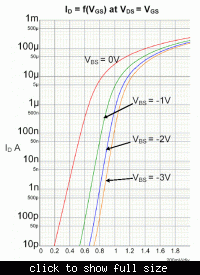pelvisp
Newbie level 5
Hello all,
I hope this is the right place to ask this kind of simple question:
I would appreciate ur opinion on this mosfet logic circuit function.
I have a dispute with a friend...
I say the function is vout=[A'BCD'+ABC']' and he sais: vout=[A'BCD'+A(BC)']'
anyone?
tx in advance,
pELVISp.
I hope this is the right place to ask this kind of simple question:
I would appreciate ur opinion on this mosfet logic circuit function.
I have a dispute with a friend...
I say the function is vout=[A'BCD'+ABC']' and he sais: vout=[A'BCD'+A(BC)']'
anyone?
tx in advance,
pELVISp.
Attachments
Last edited:

